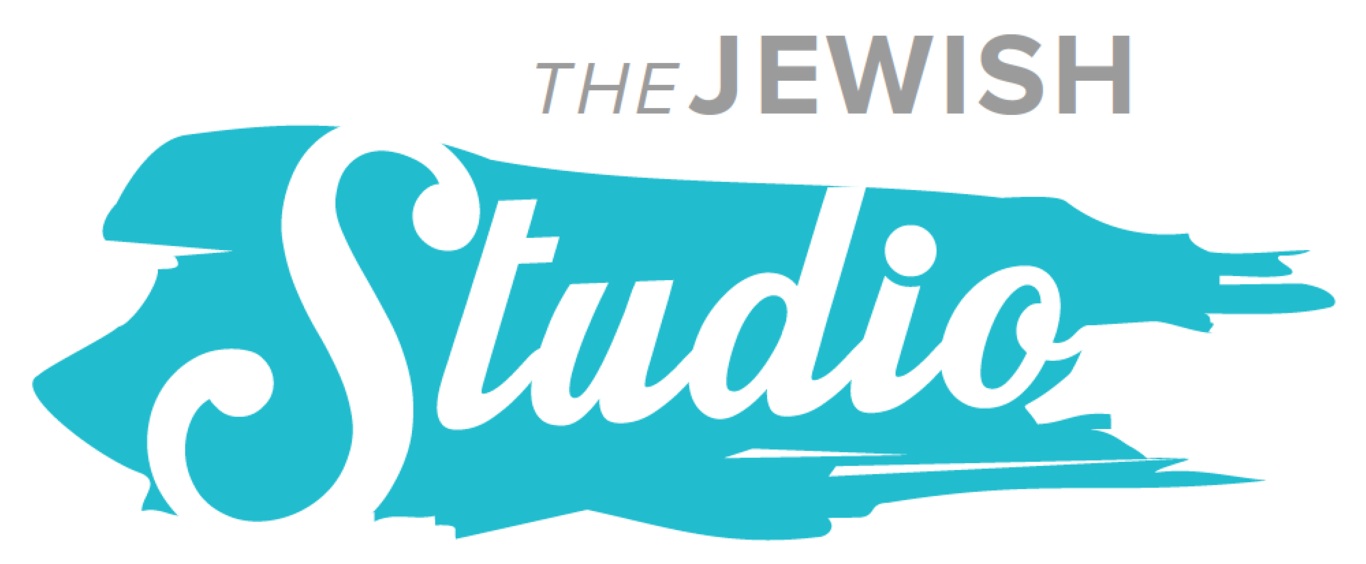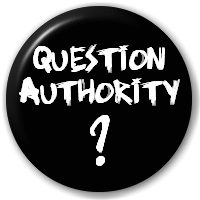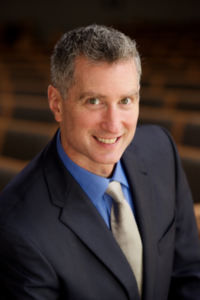This week nine people killed in a church in Charleston will be laid to rest down in the ground. 14 times in six years there have been mass killings in the United States. After such a tragedy we might seek some positive message in Torah. This week we learn that from descent comes ascent, and from the depths of despair we can surge forward and upward.
In parasha Chukat for this coming Shabbat, Miriam dies and the miraculous water source that followed the people through the desert has dried up. The people are again on the verge of rebellion. Moses is instructed by God to only speak to a rock to provide water. Instead, Moses strikes the rock and chastises the rebels. It appears as though Moses has lost faith. Even today, we can feel his despair.
In the widely shared video of Jon Stewart on the Daily Show, Stewart noted (I will paraphrase) that he was certain we would look at the problem and again do “jack ***”. The despair that Moses felt again confronting a rebellious people is the same kind of despair Jon Stewart shared with us that night.
Yet the Torah gives us hope. Soon after, the princes of the tribes dig a well. Water springs up from the well. New and cooperative leadership provides a solution to the problem. In fact, they do so joyfully, making their voices heard and singing a song as they dig. And then, in an extraordinary bit of word play, we read that the people travelled from Midbar to Mattanah and from Mattanah to Nahaliel, and from Nahaliel to Bamoth. Translated loosely, the people went from the wilderness to a gift, from a gift to an inheritance and from an inheritance to a high place. In rapid succession, they went from both a geographic and psychological low place to an elevated place on the verge of transformation and entry into the Promised Land. In getting together to solve a problem, they moved forward and upward.
Moses’ leadership was ending in the Torah reading (and Jon Stewart is leaving the Daily Show). I maintain hope that new and cooperative leadership in this country will raise us from the depths of violence and racism, so that we may move forward and upward. We can’t just rely on others. We have to make it so. Will you be among those that retire in despair or will you choose to make your voice heard and dig wells that will spring forth waters of justice and peace? As a start, share this blog post with others and share your concern with someone else, . . . perhaps a person in Congress, or two.
Rabbi Evan Krame













 Evan J. Krame was ordained as a rabbi by the
Evan J. Krame was ordained as a rabbi by the